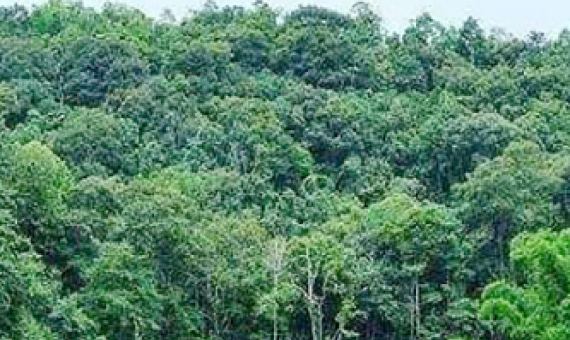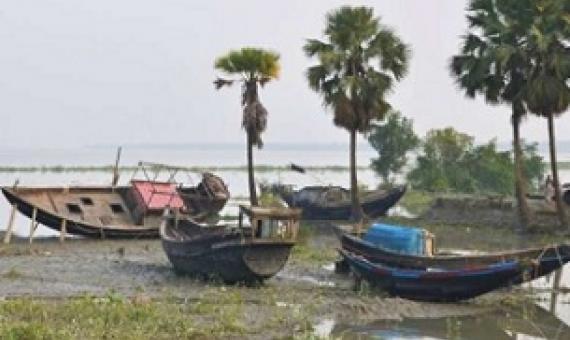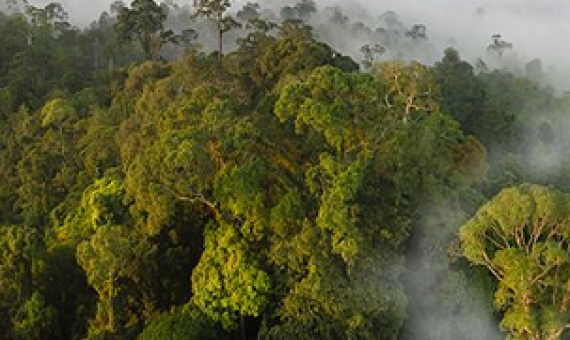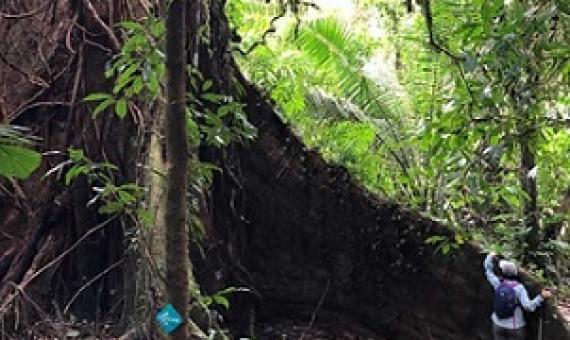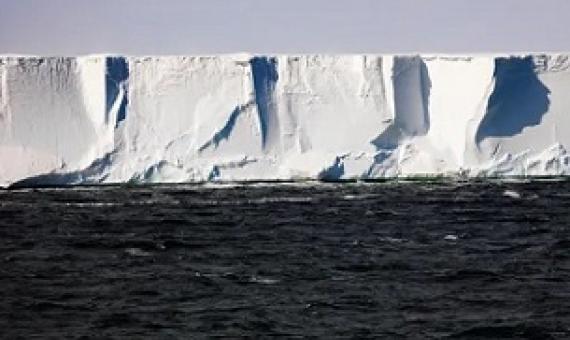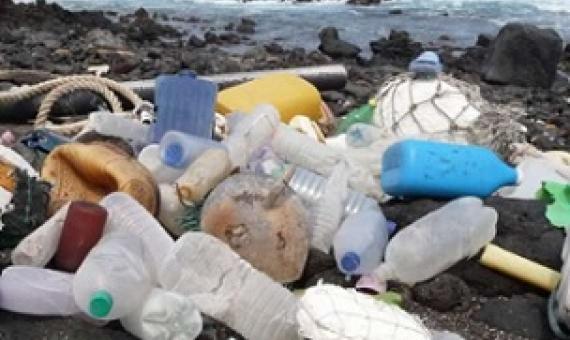Millions of years ago, fire swept across the planet, fueled by an oxygen-rich atmosphere in which even wet forests burned, according to new research by CU Boulder scientists.
A study published today in Nature Communications finds the scale of that online reptile trade is larger than previously thought, and that many reptile species are traded without protections from international regulations...To expand protection for
Researchers from Australia's national science agency CSIRO joined scientists from 17 other countries to publish a first of its kind, 'wall-to-wall,' global, 1-km resolution map that highlights areas with the greatest carbon returns, when they are allowed to reforest naturally.
Growing demand for metals necessary for the transition to a low carbon future will lead to more mining in high-risk areas, according to University of Queensland research. Dr.
An article in 2011 shocked many by suggesting that up to 187 million people could be forced to leave their homes as a result of two meters of sea level rise by 2100.
Allowing forests to grow back naturally should be regarded alongside other measures like large-scale tree-planting as a critical nature-based approach to mitigating climate change, according to a major new study that maps potential above-ground carbon accumulation rates for forest regrowth across
Over 93% of the Earth’s best-quality and least-disturbed tropical forests have no legal protection from destruction, according to a study published in Nature Ecology and Evolution.
Melting of the Antarctic ice sheet will cause sea level rises of about two and a half metres around the world, even if the goals of the Paris agreement are met, research has shown.
Ecologists studying the prevalence of plastic pollution in aquatic ecosystems around the world are concerned after measuring the scale of human response needed to reduce future emissions and manage what's already floating around out there.
As oceans warm due to climate change, scientists are trying to predict how marine animals—from backboned fish to spineless jellyfish—will react. Laboratory experiments indicate that many could theoretically tolerate temperatures far higher than what they encounter today.



